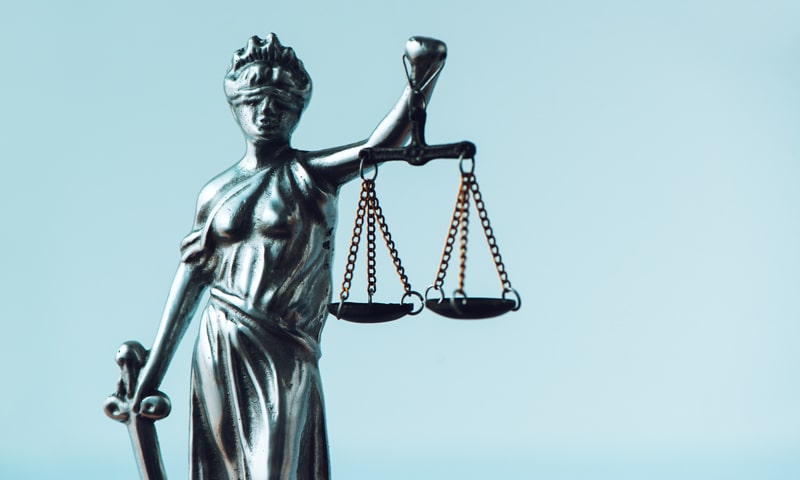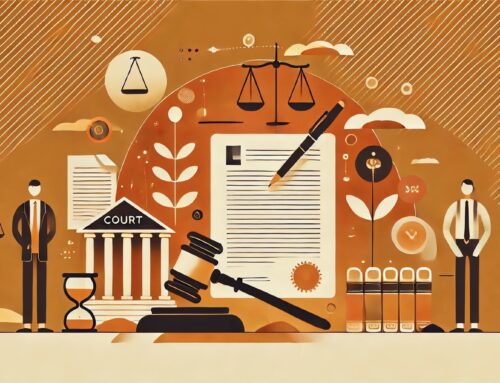I’ve heard a lot about the “Grand Jury” in the case down in Ferguson, but how does a grand jury actually work?
A grand jury is used only in criminal trials, and only when a serious offense is involved. While each state has its own way of setting up a grand jury system, the federal court system uses grand juries much more often than the states do. Generally, a grand jury is selected at random, much like how a regular jury is selected. However, unlike a regular jury, the grand jurors serve for months at a time, are made up of anywhere between 16 to 23 people, and no judge sits in the room during a grand jury session. The purpose of a grand jury is to determine whether probable cause exists to prosecute an individual for a certain crime. If the grand jury believes that probable cause does exist, then they return what is called an “indictment,” however, if they believe that probable cause does not exist, then they can choose not to return an indictment, at which point, a prosecutor may choose to proceed by having a preliminary hearing, but this is rare.
Grand juries also differ from regular juries in one important respect, grand jury proceedings are “secret” (meaning the proceedings are kept in strict confidence) and transcripts may only be released upon an order by a judge. The purpose of keeping the grand jury proceedings secret is to encourage witnesses to speak freely without fear of retaliation or reprisal and it protects the potential defendant’s reputation in case no indictment is issued. While many believe that grand juries are biased since the prosecutor is the only attorney allowed to present their case in front of the grand jury, this is not necessarily the case. Grand juries have “subpoena” power, meaning that they can require witnesses to appear before them, and have the authority to investigate any crime or person, they choose to. During criminal prosecution, they can compel people to testify and to bring certain pieces of evidence to them. Due to this independent investigative power, a grand jury can require more evidence and witnesses if they believe that a prosecutor is not fully presenting a case. Even with this investigative power, it is in the best interest of the prosecutor to present both sides of a case to a grand jury. Often, prosecutors will use a grand jury when they are unsure of how their case will play out in front of a jury.
By using a grand jury to get an indictment, the prosecutor can “test” their case, by presenting it to the grand jury and seeing how they will respond. In these cases, it is in the best interest of the prosecutor to present both sides of the case so that it is more representative of how a jury trial would play out.





Leave A Comment